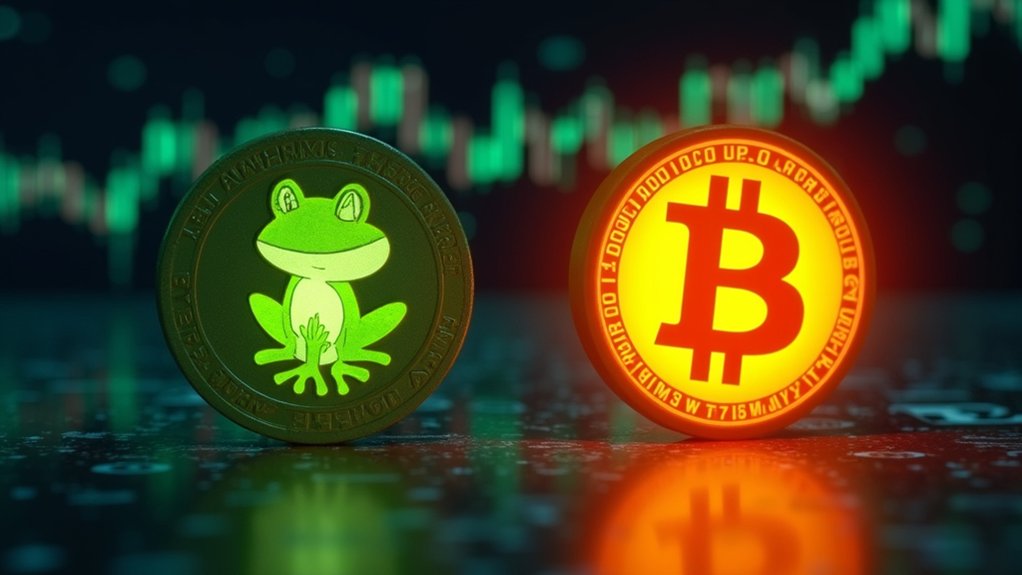How might decentralized finance (DeFi) evolve to command a market capitalization of $5 trillion by 2030, as projected by JPMorgan, which has shifted from initial skepticism to endorsing DeFi as a legitimate technological paradigm, actively investing in infrastructure development and recognizing tokenized assets alongside blockchain innovations as principal growth drivers, notwithstanding prevailing challenges such as security vulnerabilities and regulatory ambiguities that continue to pose significant risks to widespread institutional adoption and market maturation? JPMorgan’s revised stance underscores a fundamental reassessment of DeFi’s potential, driven by anticipated exponential growth reflected in a compound annual growth rate (CAGR) of approximately 39.5% through 2027, far exceeding the broader cryptocurrency market’s comparatively modest expansion. This recalibration is predicated on the firm’s strategic commitment to constructing robust infrastructure “pipes” that enable scalability, thereby facilitating increased throughput and transactional efficiency critical for mass-market viability. According to market analysis, the global DeFi market revenue is forecasted to surge from $9.4 billion in 2021 to $70.3 billion by 2027, illustrating this rapid expansion in financial terms and regional adoption across North America, Europe, and Asia-Pacific market revenue forecast.
Central to this prospective growth trajectory is the resolution of regulatory hurdles, which remain the most formidable impediment to institutional adoption, as clarity and compliance frameworks are indispensable for engendering trust among banks, asset managers, and enterprises seeking to engage with DeFi platforms. The establishment of coherent regulatory regimes in major jurisdictions will likely catalyze a paradigm shift, transforming DeFi from a nascent, fragmented ecosystem into an integrated component of mainstream financial architecture. Institutional participation, manifesting through activities such as decentralized exchange trading and corporate borrowing on DeFi protocols, is anticipated to enhance liquidity, reduce volatility, and attract further capital inflows, thereby reinforcing market stability and scalability. Moreover, the total crypto market capitalization is expected to reach $10–12 trillion by 2030, which provides a supportive macro environment for DeFi’s growth.
Moreover, the confluence of tokenized assets and blockchain innovations, particularly advancements in Ethereum’s Layer-2 scaling solutions and alternative high-throughput blockchains like Sui, will underpin the technological foundation necessary for sustaining exponential expansion. These developments, combined with increasing institutional confidence evidenced by substantial inflows into Ethereum-based ETFs, suggest a substantive paradigm shift whereby DeFi transcends experimental status and emerges as a principal driver within the evolving global financial ecosystem.








